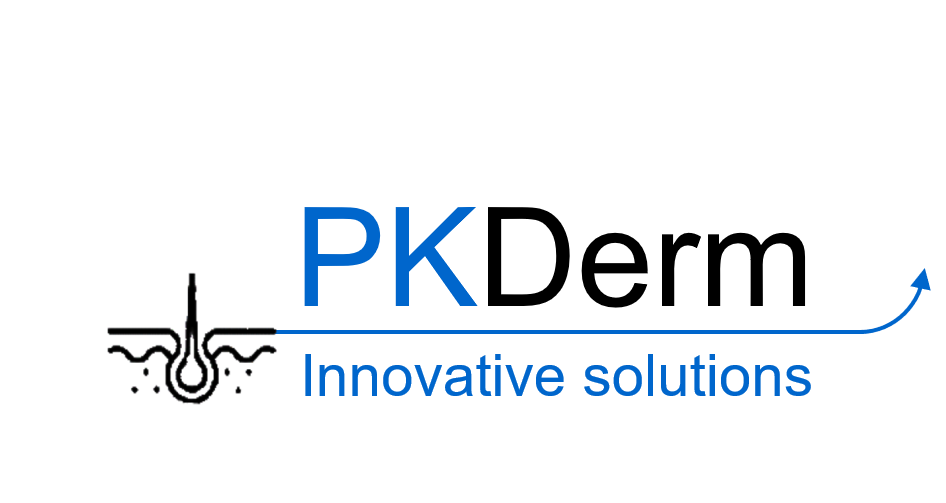Predictive Toxicology is very important to public health. Among its many applications, toxicity prediction is essential to reduce the cost and labor of a drug’s preclinical and clinical trials, because a lot of drug evaluations (cellular, animal, and clinical) can be spared due to the predicted toxicity. In the era of Big Data and artificial intelligence, toxicity prediction can benefit from machine learning, which has been widely used in many fields such as natural language processing, speech recognition, image recognition, computational chemistry, and bioinformatics, with excellent performance Most of the time, computational models and their application must deal with imbalanced chemical datasets where one class is the majority class, outnumbers the other class in case of binary datasets. The minority class is oftentimes the class of interest. Additionally, The problem of missing data is relatively common in almost all research and can have a significant effect on the conclusions that can be drawn from the data. The absence of data reduces statistical power which refers to the probability that the test will reject the null hypothesis when it is false, it can cause bias in the estimation parameters and reduce the representatives of the instances. Constructing an accurate classifier from an imbalanced dataset or missing data is a challenging task. In this session we will learn about the effect of missing data on the performance of the multi task machine learning algorithms.


